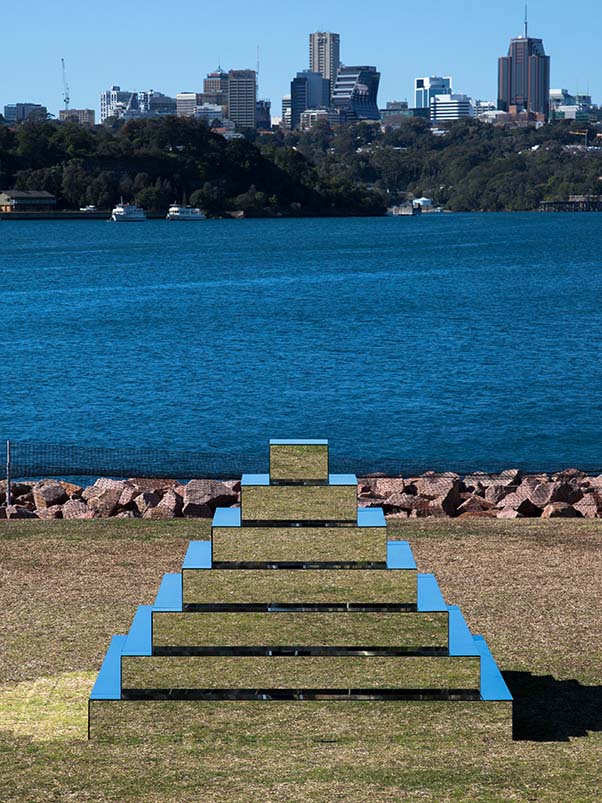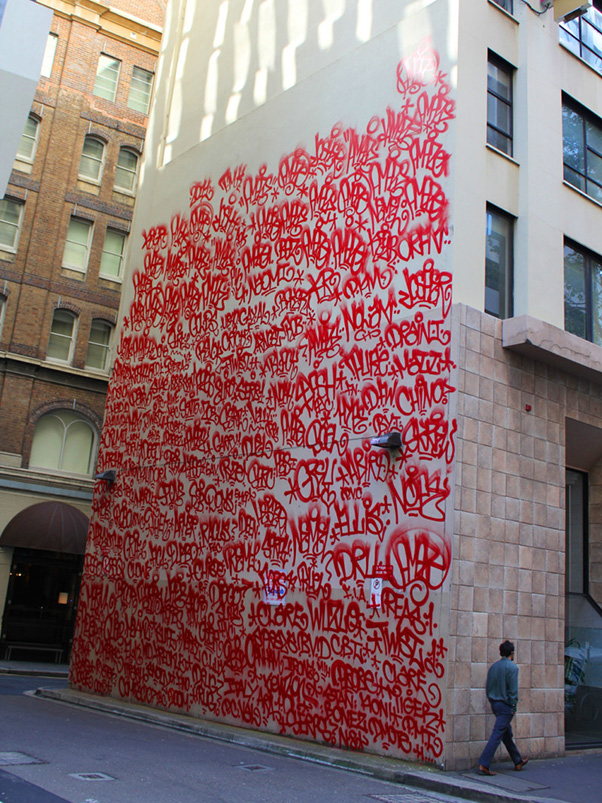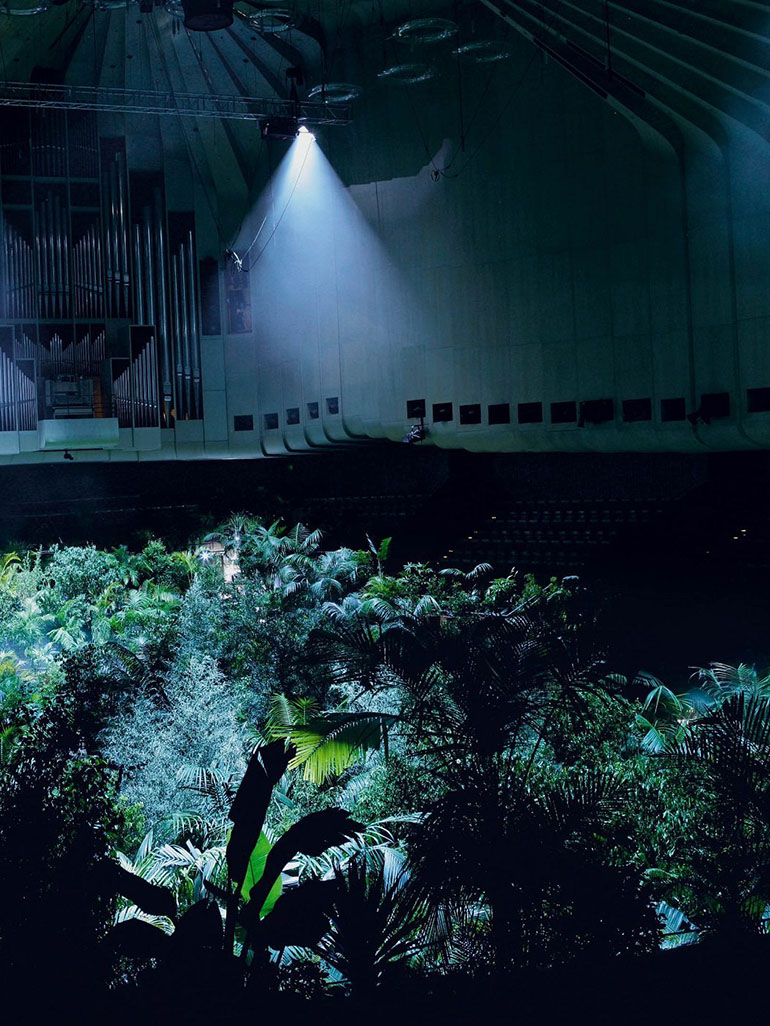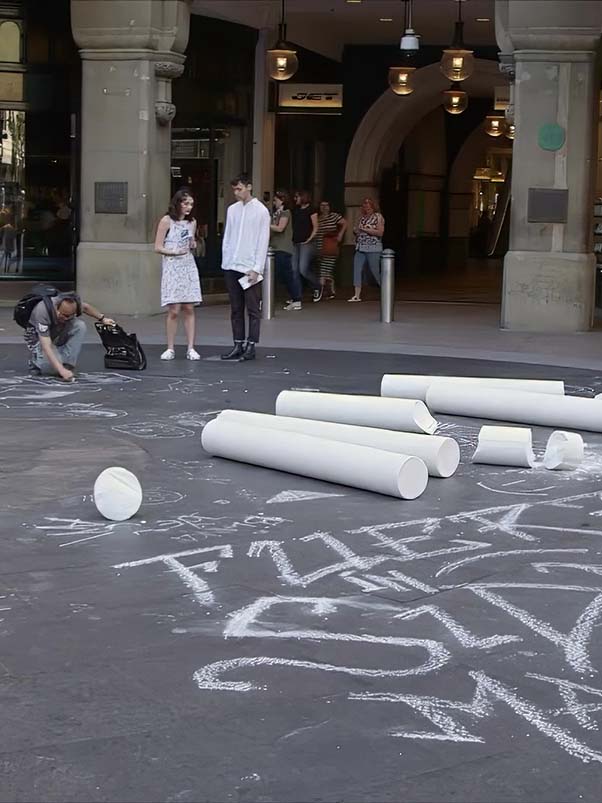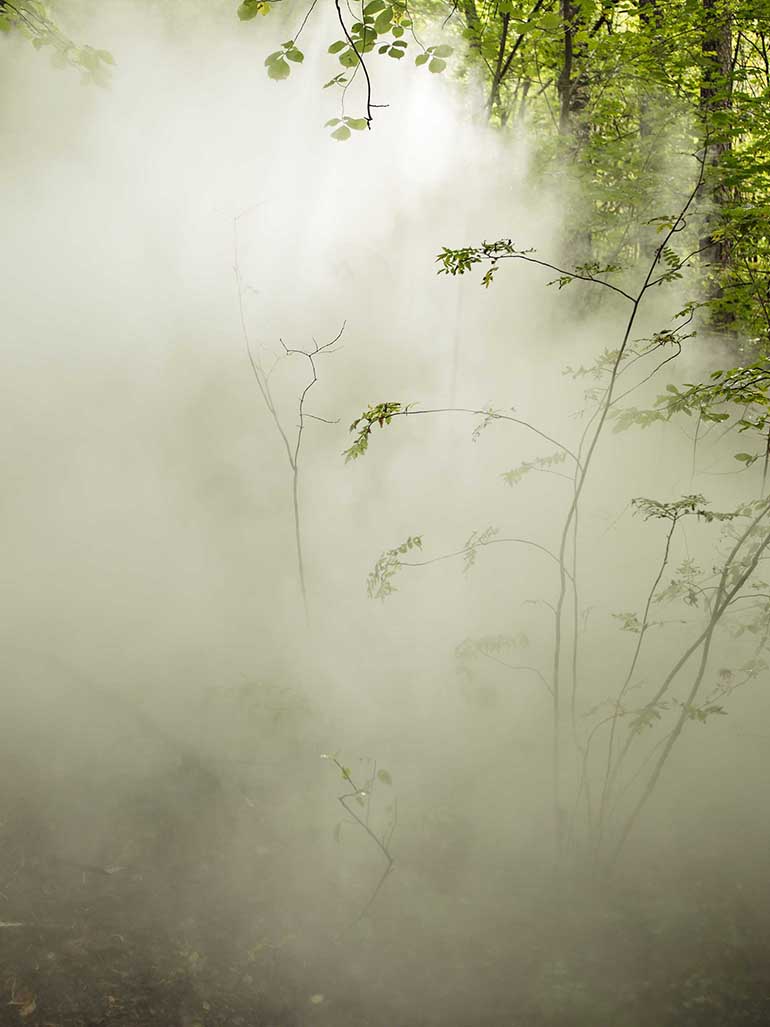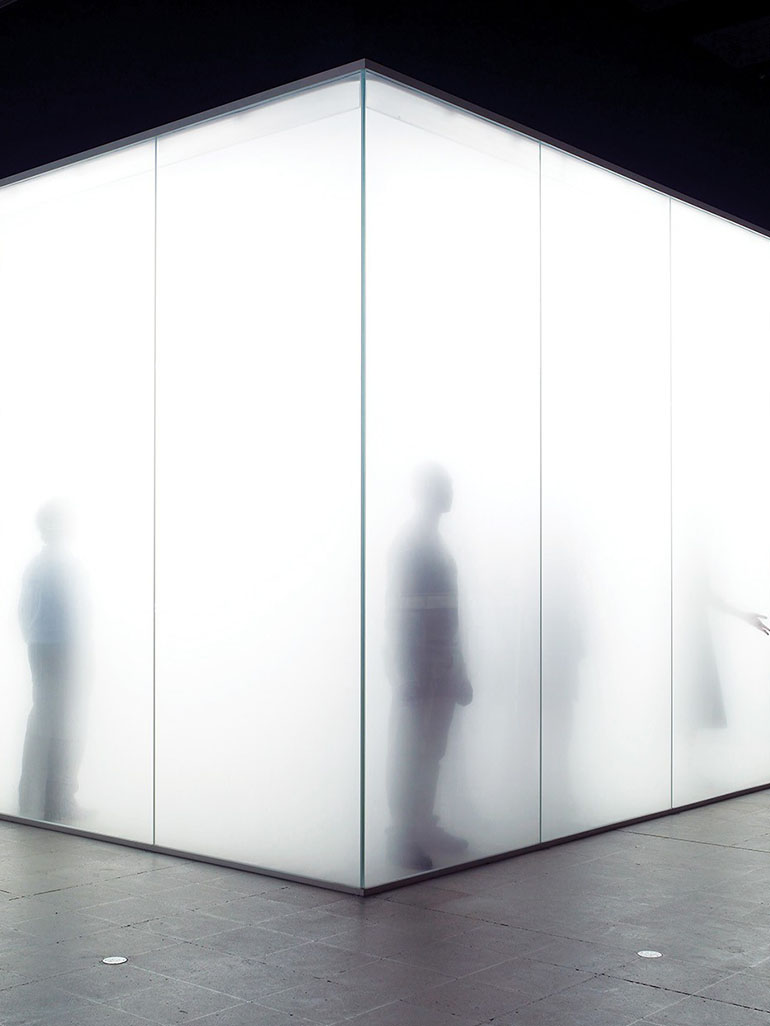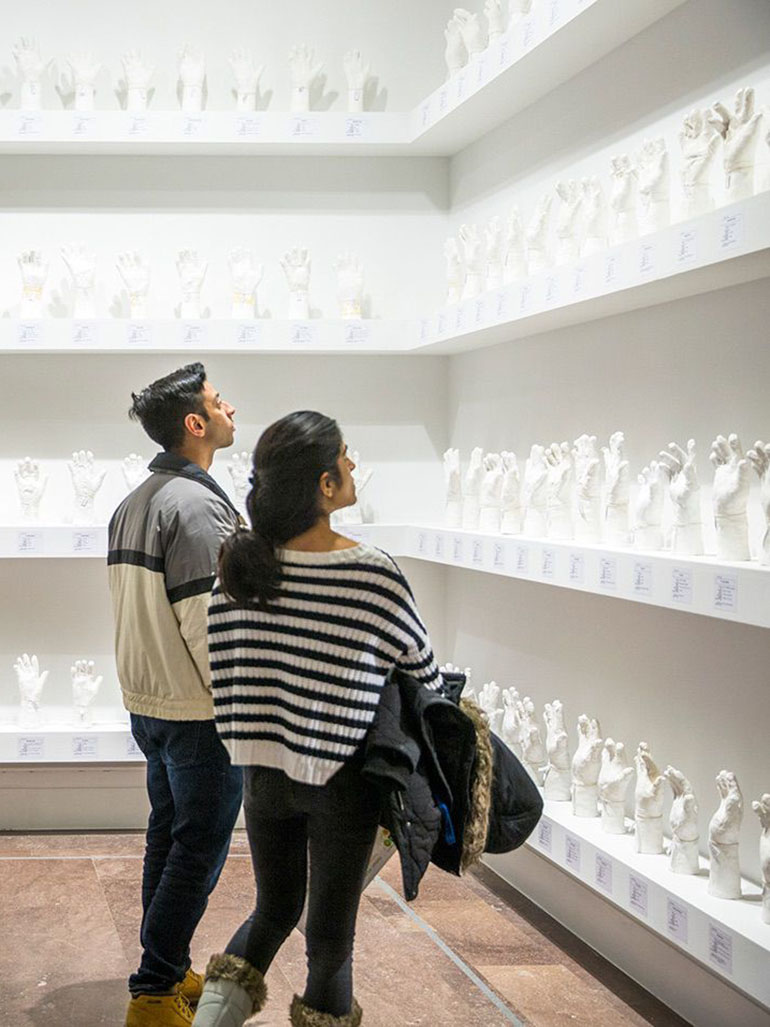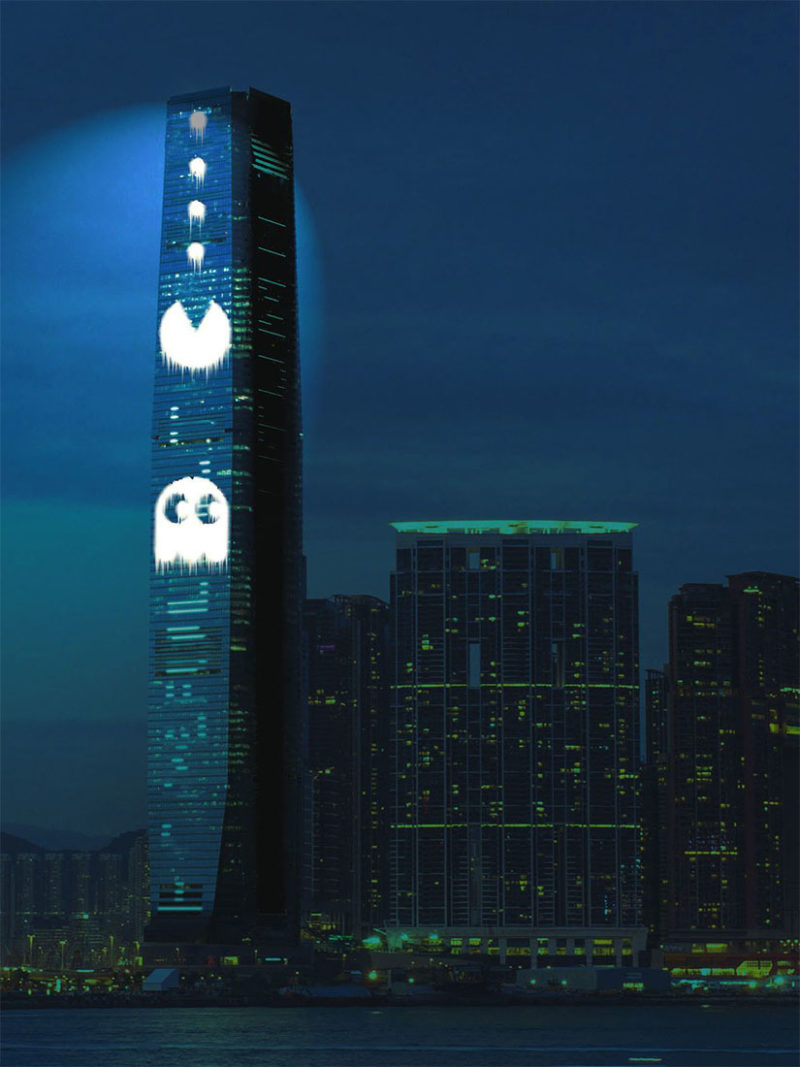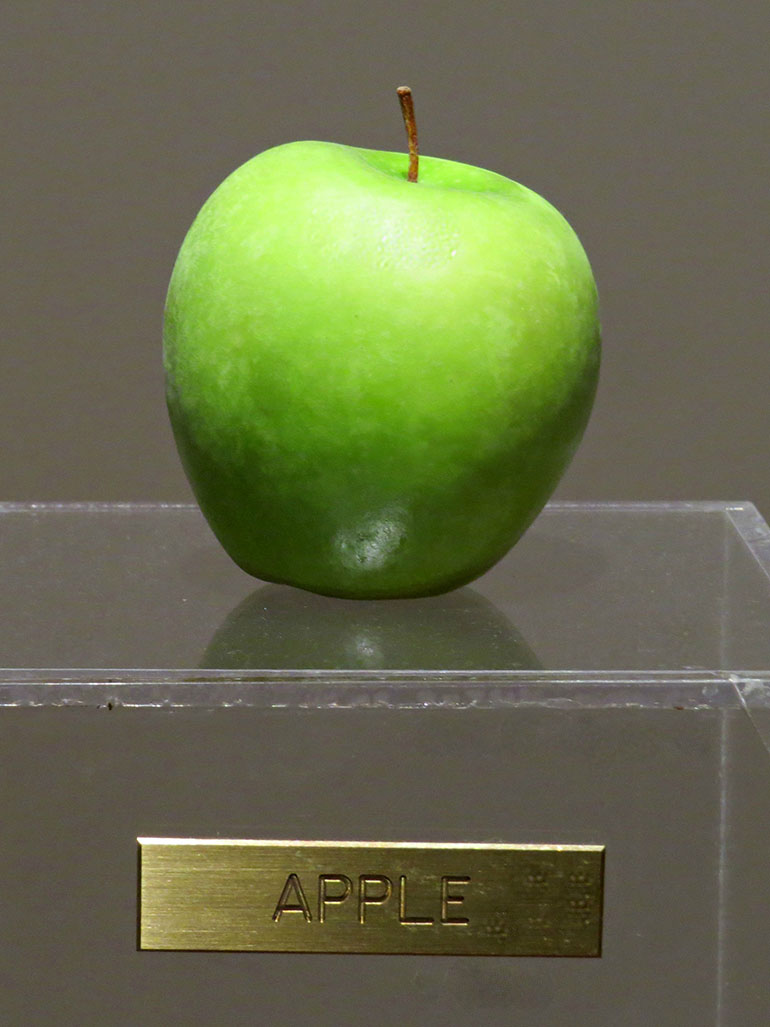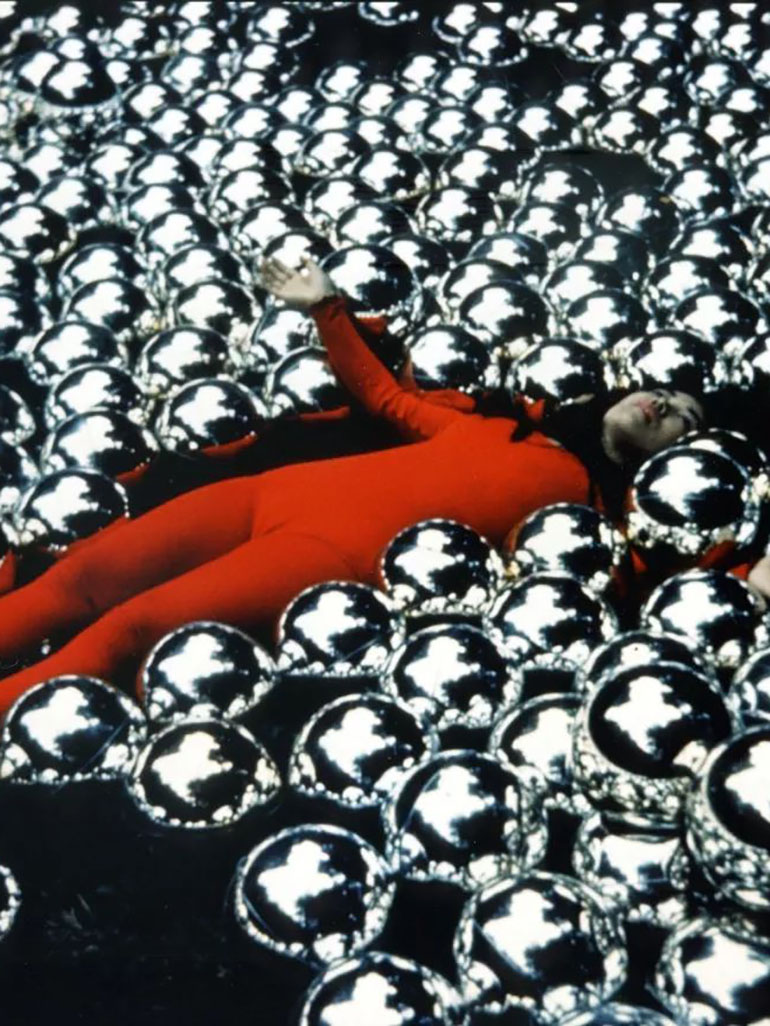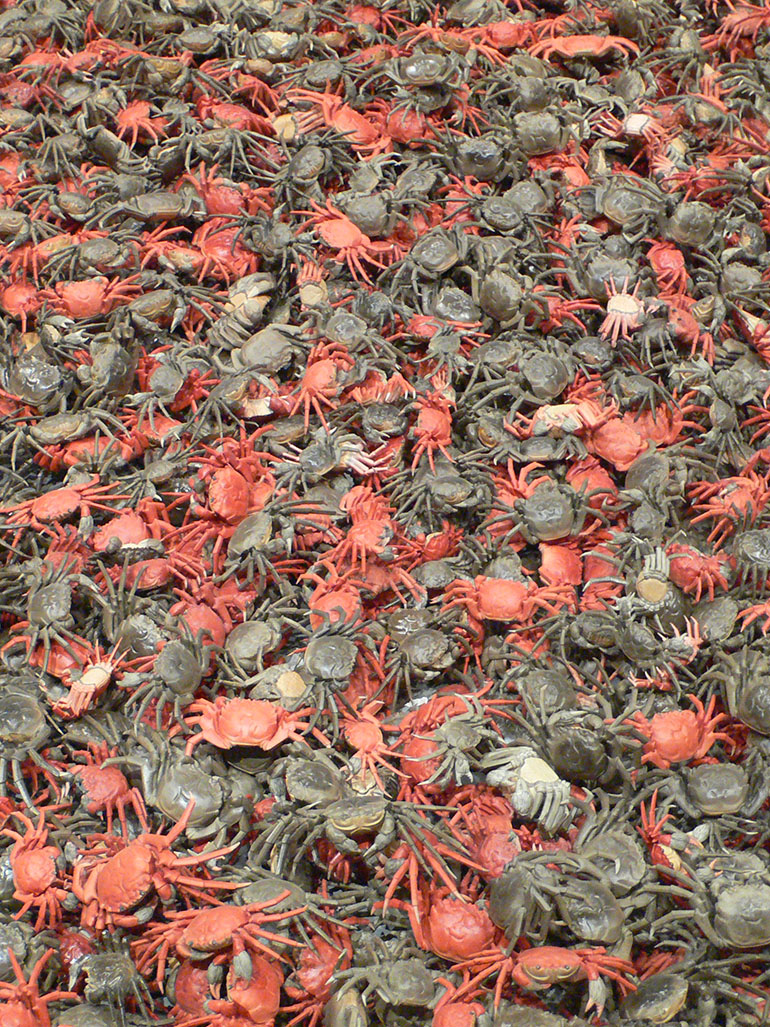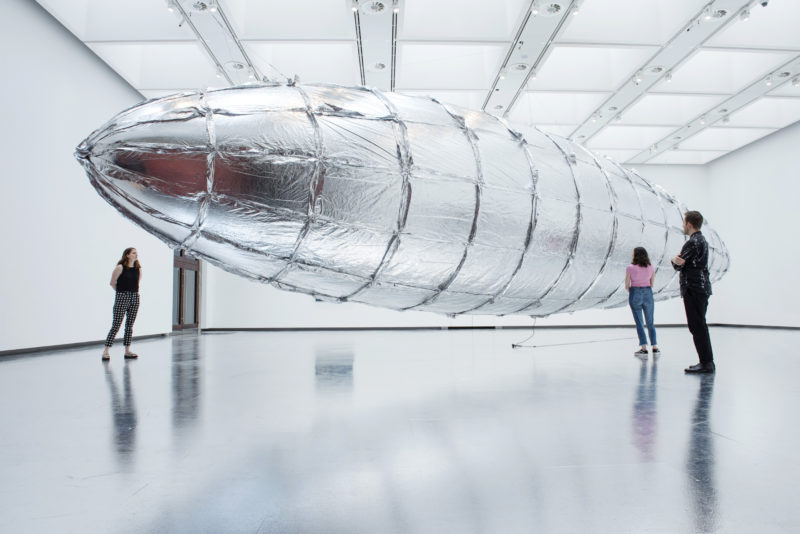
Intro
Lee Bul’s installation that saw the transformation of the Southbank Centre’s Hayward Gallery took place in 2018 between May and August. Occupying the entire art space, this exhibition was the artist’s first-ever solo show in London. In it, more than 118 other pieces created from the late 1980s to now were also showcased. However, it is the Zeppelin piece that had audiences completely enamored and fascinated during the show.
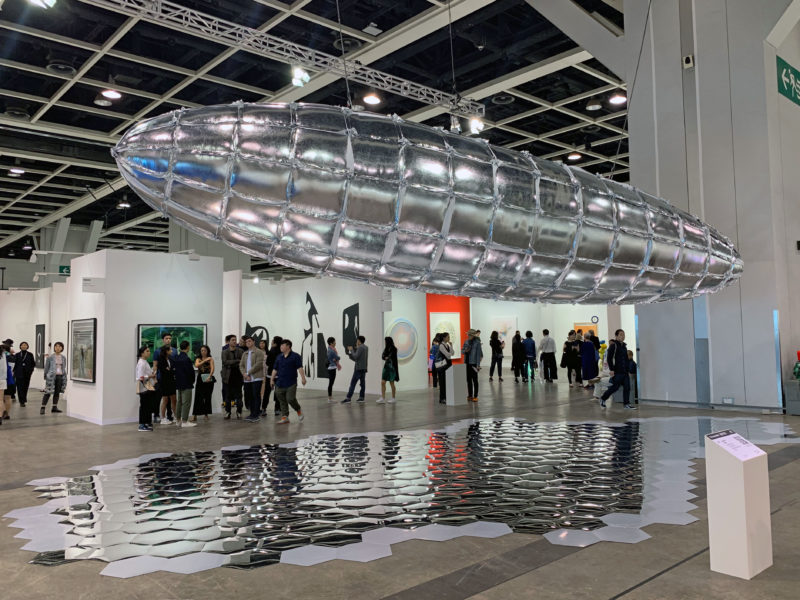
Why did Lee create the Zeppelin?
From the late 1980s to now, this pioneering Korean artist has been instrumental in generating a wide array of artworks, which draw on a mix of references. The Zeppelin, in particular, was designed to transport visitors in attendance to another place and time with the hope of exploring the aspirations of contemporary society and the resulting failures within it.
| Exhibition | Year | Note |
|---|---|---|
| 20th Biennale of Sydney, Cockatoo Island | 2016 | |
| Hayward Gallery, Southbank Centre, London | 2018 | |
| Art Basel Hong Kong | 2019 | |
| Manifesta 14, Prishtina, Kosovo | 2022 | |
| Leeum Art Museum, Seoul | 2022 | AR version |
| Ho-Am Art Museum, Yongin | 2022 | AR version |
Video: Willing To Be Vulnerable at the 20th Biennale of Sydney, 2016
2 min 54 sec
Historical reference
Historical reference
Lee’s work Willing To Be Vulnerable (2015-16) was represented by a massive foil Hindenburg Zeppelin. With this piece, the artist continued her investigation of utopian ideas and their effect on history and society. If you can recall your history, the Zeppelin was an airship that was pioneered and named after the then German Count known as Ferdinand von Zeppelin1.
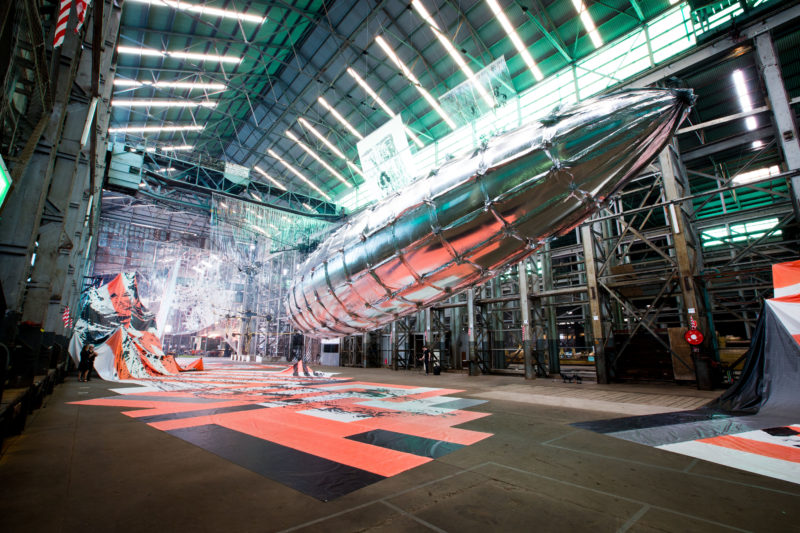
At the start of the 20th century, these futuristic airships represented modernity and progress but their popularity came to an end after a Zeppelin carrying 96 passengers went up in flames2 while attempting to land. The Hindenburg symbolized German innovation in the early 1930s before its disastrous crash.
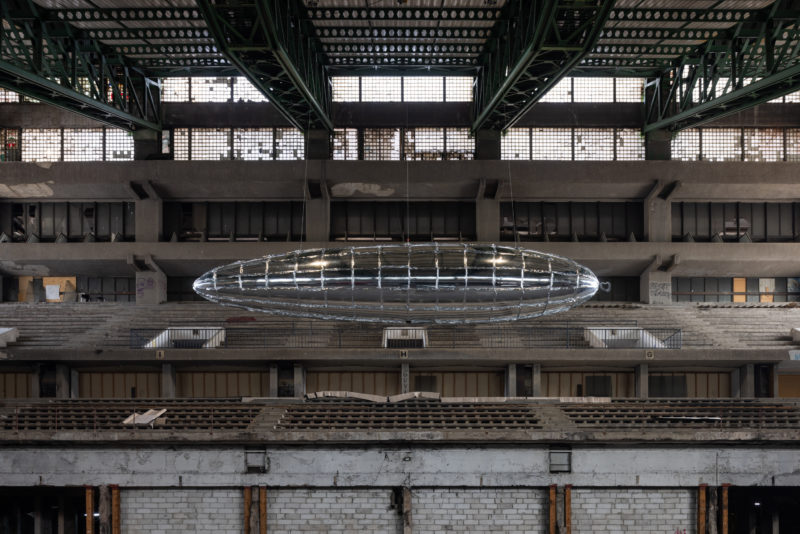
As such, Lee created the piece to draw attention to the different ways that technology can harm people even when the same technology is developed with the best of intentions, highlighting the unavoidable downsides of a society that keeps evolving technology. Willing To Be Vulnerable investigates utopian modernism and how pioneering narratives and concepts of progress affect the way the world is structured now and in the future.
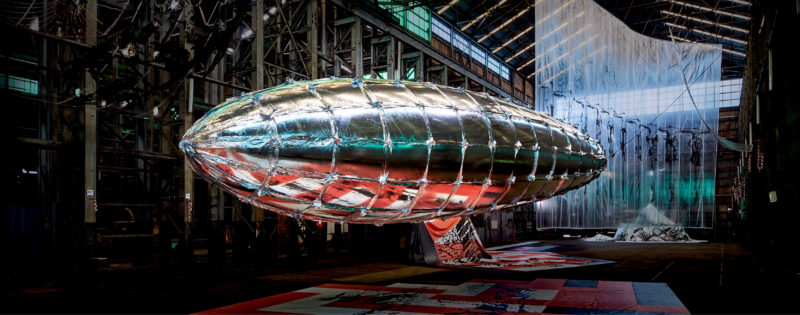
Working with the space
As she did with the other 117 pieces, Lee took advantage of the distinctive design of the gallery and used it as a collaborator rather than just using it as a mere backdrop. The 17-meter-long Zeppelin structure was docked inside the Haywards’ upper galleries and was installed to hover above the gallery’s reflective floors.
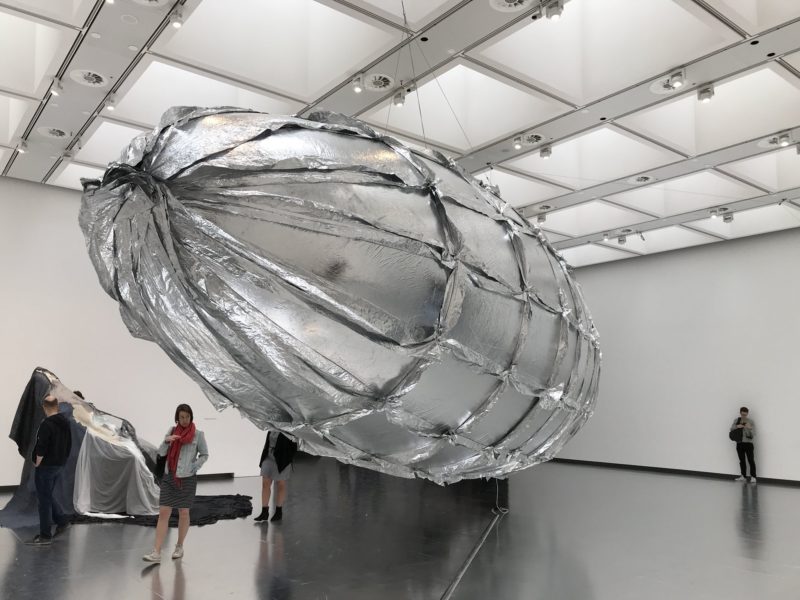
Augmented reality version, 2022
In September 2022, Lee Bul premiered the augmented reality version of Willing To Be Vulnerable in a group exhibition at the Leeum Art Museum in Seoul and Ho-Am Art Museum in Yongin.
Titled KaleidoScope Eyes, the exhibition allowed visitors to appreciate the works of artists such as Olafur Eliasson, Tomás Saraceno, Cao Fei and others in unexpected places outside of the art spaces. 38 augmented reality works by 16 artists were presented.
The aim of the exhibition was to open up infinite possibilities to utilize the virtual world and transform the act of experiencing art by transcending reality and traditional art concepts. Standing on the borderline between dream and reality, artists and the audience could communicate with each other through new media and imagine the future possibilities brought by technological advancement.
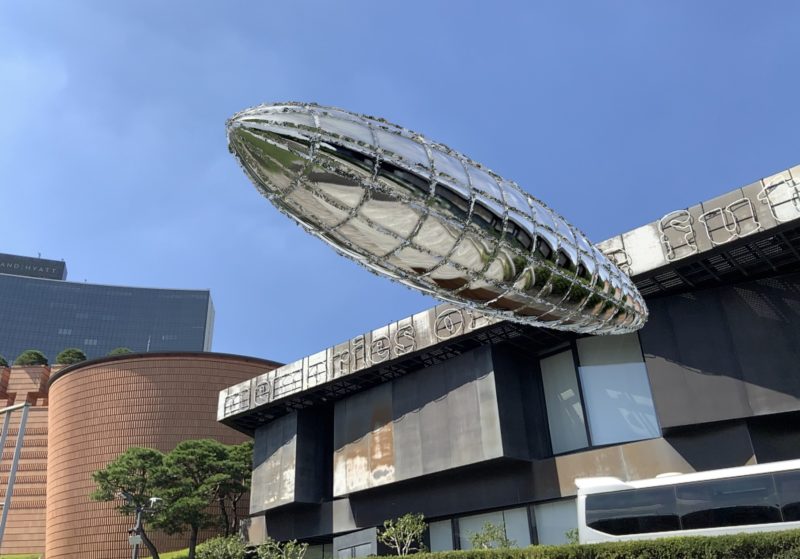
Video: Interview with Lee Bul
Lee Bul’s work & inspiration
Lee has been created thought-provoking artwork since the 1980s. Her work often revisits past experiences in her own life and history with the hopes of imagining what the future would look like had the events not occurred.
Born in South Korea during president Park Chung-hee’s3 dictatorship, Lee saw the rapid modernization that occurred in Korea during the 1960s and 1970s. Often, the projects undertaken during this period were left half-finished, and the individuals working on them often suffered as a result. Consequently, her artwork is often strongly related to her upbringing and childhood, which explains why her work is also so strongly linked to the modern.
Lee’s work covers a wide range of issues, from the failure of social gender roles and progressive ideals to the relationship between humans and technology. The artist builds on themes of critical theory, art history, speculative fiction and works across genres.
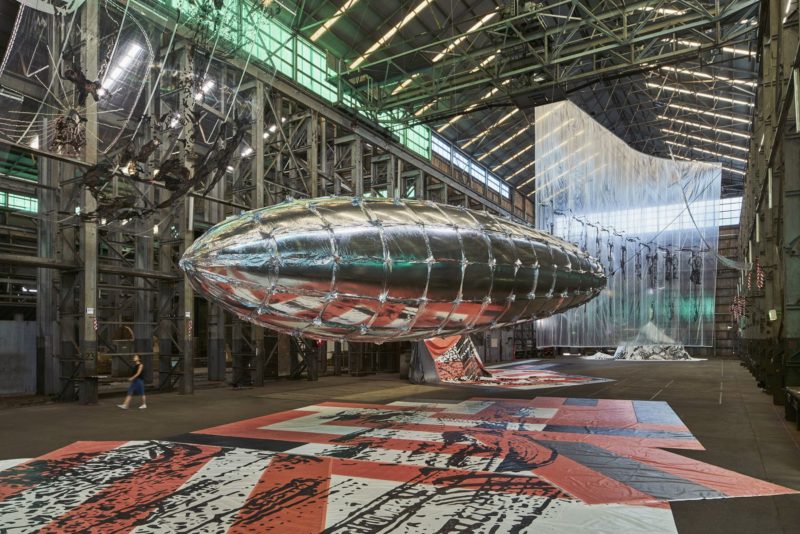
Explore nearby (Cockatoo Island, Sydney)
 Shirin Abedinirad's mirror installationsClarke’s Point Reserve, Sydney, AustraliaInstallation ended (dismantled in 2015)1 km away
Shirin Abedinirad's mirror installationsClarke’s Point Reserve, Sydney, AustraliaInstallation ended (dismantled in 2015)1 km away Barry McGee's tag muralsTankstream Way, SydneyInstallation ended (removed in 2012)4 km away
Barry McGee's tag muralsTankstream Way, SydneyInstallation ended (removed in 2012)4 km away Pierre Huyghe filled opera house with real treesSydney Opera House4 km away
Pierre Huyghe filled opera house with real treesSydney Opera House4 km away Allora & Calzadilla's chalk installationQueen Victoria Building, SydneyInstallation ended (dismantled in 2015)4 km away
Allora & Calzadilla's chalk installationQueen Victoria Building, SydneyInstallation ended (dismantled in 2015)4 km away Fujiko Nakaya's fog sculpturesAustralian National Gallery, Canberra247 km away
Fujiko Nakaya's fog sculpturesAustralian National Gallery, Canberra247 km away


